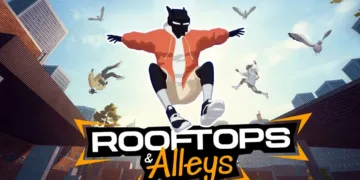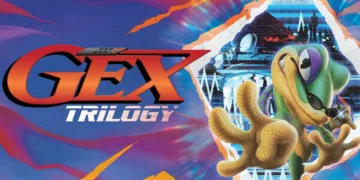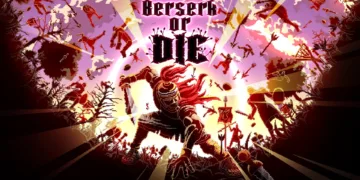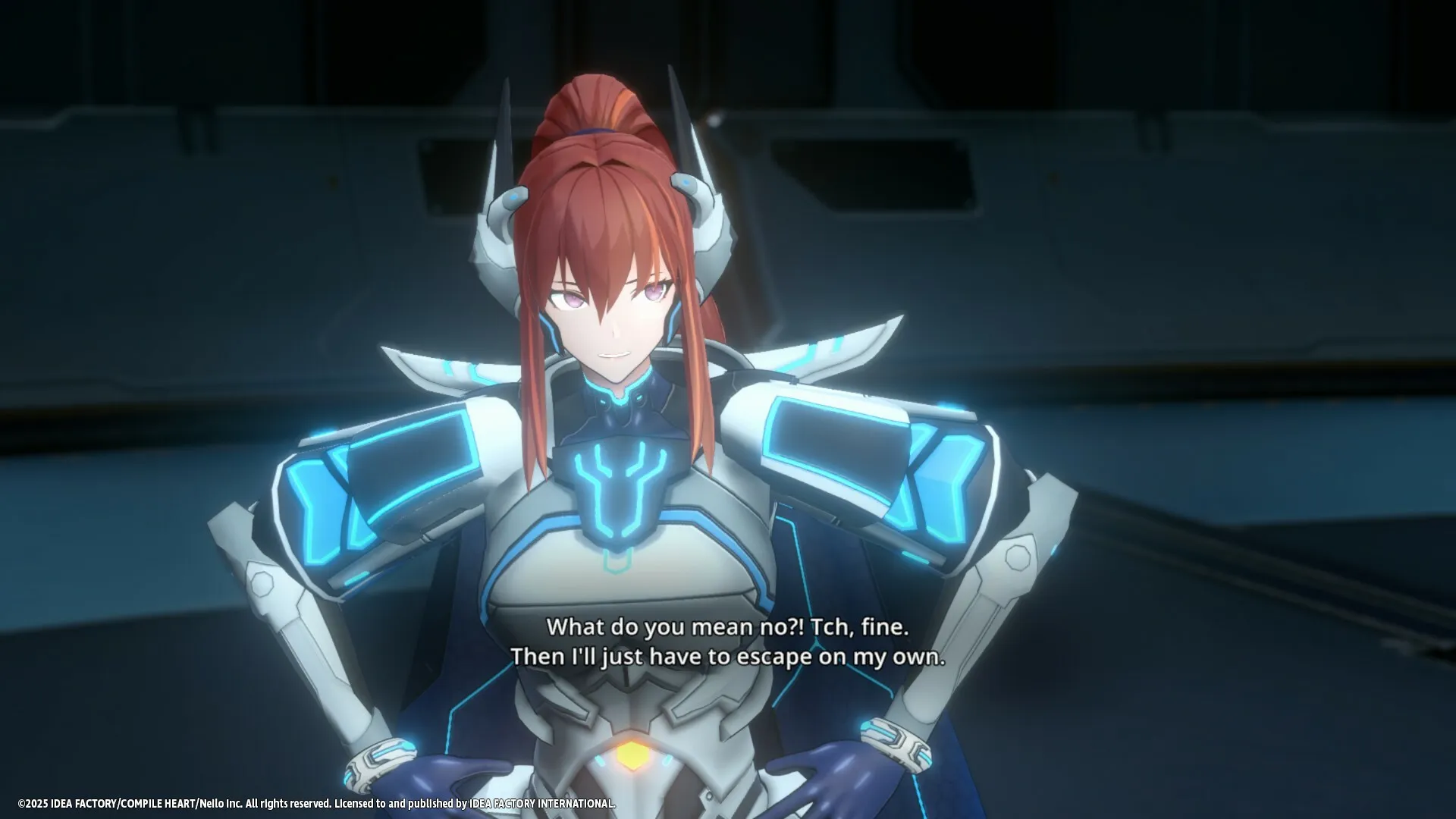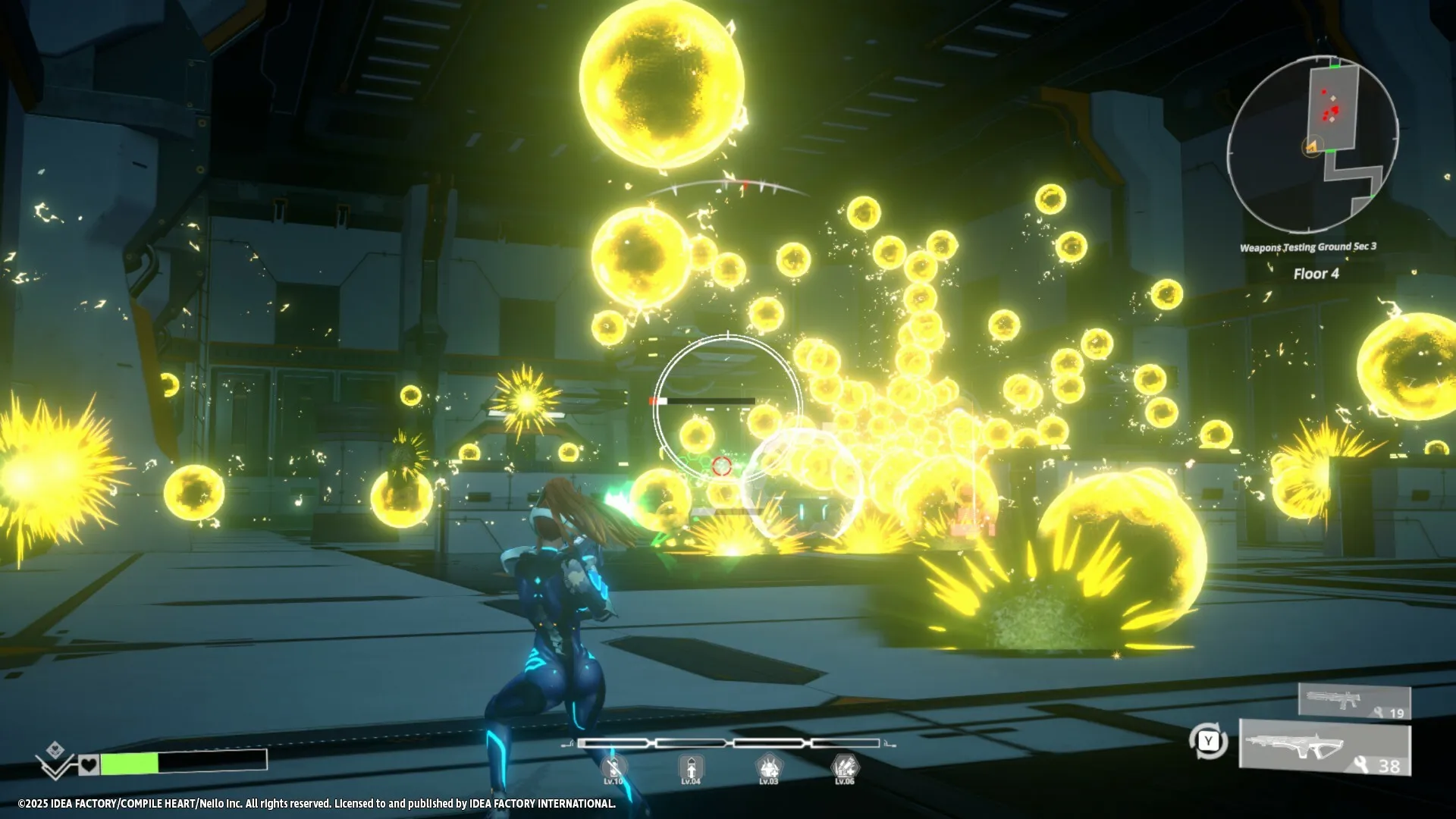Scar-Lead Salvation emerges from studios often associated with narrative-heavy JRPGs and distinct, sometimes niche, anime aesthetics. Its arrival as an action rogue-like, complete with third-person shooting and bullet-hell engagements, signals a fascinating intersection of Japanese development sensibilities with a globally ascendant genre.
We are introduced to Willow, a protagonist cast into a disorienting reality—awakening within a hostile, ever-reconfiguring military complex, her memory a blank slate. This setup, while a familiar trope in global science fiction and gaming narratives from Metroid to countless cyberpunk tales, is immediately filtered through a particular stylistic lens.
The player’s initial imperative is clear: navigate the lethal architecture, contend with robotic adversaries, and attempt to decipher Willow’s identity and the purpose of her stark confinement. An AI voice, her sole companion, offers guidance that often veers into the cryptic, a common technique in Japanese storytelling that values gradual revelation and player interpretation over immediate exposition.
Reflexes and Firepower: Kinetic Conversations in a Hostile Space
The moment-to-moment interaction with Scar-Lead Salvation’s world is defined by Willow’s kinetic capabilities. She moves with a swiftness, her dash a near-teleport complete with a mirror image, a flourish reminiscent of high-octane action seen in character-action titles that prioritize speed and visual feedback. This agility is crucial for navigating the dense patterns of enemy projectiles.
The third-person shooting feels functional, with weapons like assault rifles and shotguns offering standard tactical choices, though perhaps lacking the pronounced heft or visceral feedback cultivated in many Western-developed shooters. Special abilities, such as a parry that can deflect incoming fire or an “Onslaught Mode” granting temporary invulnerability, encourage an aggressive, reactive playstyle.
This system finds parallels in arcade traditions where mastery of offense and defense through precise timing is paramount. The game features an armor system where damage results in pieces breaking away, eventually affecting Willow’s jumpsuit.
While this visual representation of vulnerability is a concept explored in various games, its impact here on the actual gameplay experience, beyond a cosmetic signal of duress, appears minimal, perhaps a more tentative nod to a feature with deeper roots in certain fan-service oriented design philosophies than a fully integrated mechanic. The controls are generally responsive, allowing for fluid engagement in the dance of combat.
The Unfolding Labyrinth: Cycles of Failure and Fragments of Progress
Scar-Lead Salvation adopts the cyclical structure intrinsic to the rogue-like: repeated descents into a procedurally assembled labyrinth. Each run has Willow battling through floors, aiming to conquer distinct stages. Defeat sends her back, the primary marker of this failure being an incrementing number on her face – a stark, almost Kafkaesque symbol of her Sisyphean struggle.
This cyclical design, while globally popular, carries different resonances; here, it perhaps echoes Buddhist concepts of reincarnation or the endless trials found in some Japanese folklore, albeit within a sci-fi frame. True to the genre, not all is lost upon death. “Exo Upgrades,” passive boons like enhanced health or improved evasion, persist. Up to four can be equipped, and finding duplicates strengthens them, allowing for a gradual, tangible sense of character growth that transcends individual attempts.
The ability to eventually restart from later, unlocked floors mitigates some of the repetition inherent in the model. However, weapons are forfeited, a common mechanic forcing adaptation. Within runs, weapon upgrade terminals offer temporary power boosts. Rooms vary from combat arenas to “warp rooms” providing resources, creating pockets of opportunity and risk. The pacing of these elements and the overall sense of advancement feels measured, sometimes slow, a contrast to the rapid accumulation of power seen in some of an international field of contemporaries.
A Fragmented Past: Assembling a Self Amidst Ambiguity
The narrative of Willow’s amnesia and her quest for answers within the oppressive facility is woven through the gameplay, primarily via exchanges with her AI companion, MOG, and discovered data logs. This method of in-media-res storytelling, where the plot unspools during active engagement, is a staple in many rogue-likes, forcing players to piece together lore from scattered fragments.
The presence of an English dub is a practical consideration for wider accessibility, allowing players to absorb narrative cues without diverting full attention from combat. The AI itself, described by some as unhelpful or peculiar, can be seen as a narrative device reflecting Willow’s own confusion and isolation, or perhaps a subtle critique of over-reliance on artificial guidance, a theme gaining traction in global discourse about technology. Hints of a larger conflict—humanity struggling against an alien threat—provide a conventional sci-fi backdrop. The atmosphere cultivated is one of solitude and persistent mystery.
Whether the deliberately vague and incremental revelation of story details sustains player curiosity or leads to disengagement is a delicate balance. This indirect narrative style can be highly effective, mirroring the slow unraveling of a complex scroll, yet it can also feel at odds with gameplay systems that demand immediate, focused attention, a tension often navigated by designers working across cultural storytelling traditions.
Cold Steel, Fading Worlds: An Anime Aesthetic Meets Industrial Monotony
Visually, Scar-Lead Salvation presents a “clean” anime-inspired art style. Willow’s sci-fi armor is detailed, and her appearance reflects the rigors of combat through battle damage. This aesthetic choice immediately situates the game within a specific visual lineage, familiar to global fans of Japanese animation and games. Enemy designs are largely conventional robots, though boss encounters reportedly showcase more inventive visual flourishes.
The environments, however, frequently consist of metallic, somewhat featureless square rooms and extended, sparse hallways. While variations like iced-over or molten metal areas provide thematic shifts, a sense of repetition in the architectural design is apparent. This could be interpreted as a deliberate choice to emphasize the oppressive uniformity of the military facility, a common motif in dystopian narratives.
Alternatively, it might reflect budgetary or developmental constraints often faced by studios producing games outside of the blockbuster sphere. The impact on gameplay is tangible, as environmental sameness can affect tactical variety. Animations for movement like jumping are described as “floaty,” and certain combat actions, such as shooting while moving, can appear somewhat jarring.
This animation style, while perhaps not aiming for photorealism, can influence the perceived connection between player input and on-screen action, an area where player expectations differ widely across gaming cultures. The game carves out moments of striking visual design, yet struggles to maintain a consistently strong and unique visual identity throughout its metallic corridors.
The Review
Scar-Lead Salvation
Scar-Lead Salvation offers a fascinating glimpse of Japanese developers engaging with a globally recognized genre, providing fluid combat and an atmospheric, anime-styled mystery. Its ambitious design, however, is constrained by repetitive environments, deliberate pacing that sometimes drags, and a narrative that occasionally struggles against the game's structural demands. It stands as a competent shooter with interesting ideas, yet feels like an echo of greater potential.
PROS
- Responsive core combat and agile character movement.
- Intriguing central mystery surrounding Willow's amnesia and the facility.
- Distinct anime-influenced visual style for the protagonist.
- Persistent Exo Upgrade system allows for tangible character improvement across runs.
CONS
- Level design can feel monotonous with limited environmental variety.
- Pacing can be slow, with a very gradual increase in challenge.
- Lack of diversity in common enemy types.
- Narrative delivery sometimes feels disconnected from the immediate gameplay experience.





































